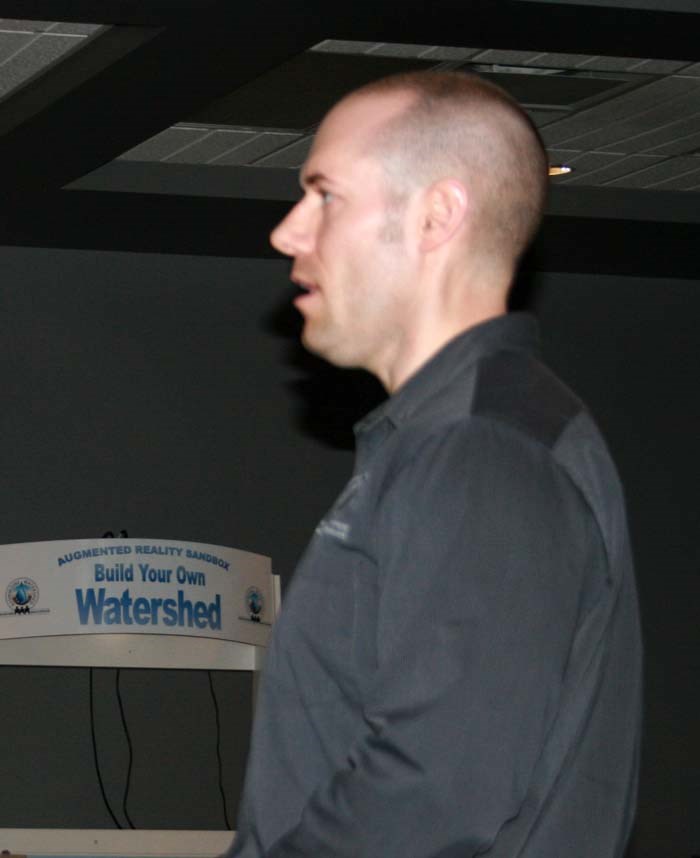There are new regulations in place in terms of farmers draining water from sloughs and wetlands, and producers need to be aware of the changes.
“There’s a lot of misconceptions, a lot of false information floating around, suggested Jesse Neilsen, manager of the Assiniboine Watershed Stewardship Association (AWSA), during the organization’s annual general meeting Friday in Yorkton.
The new regulations are part of a longer range vision, said Neilsen.
The regulations are designed “to fulfil commitments in the 25 Year Saskatchewan Water Security Plan, the Water Security Agency (WAS) is moving ahead with a new approach to drainage management. The new approach will move Saskatchewan toward responsible agricultural water management by streamlining the regulatory system, effectively addressing the risks associated with drainage in the approval process, and enabling development of sustainable drainage projects with more long-term certainty,” detailed a page in AWSA’s Annual Report.
Neilsen said it is not a case of the regulations putting an end to farmland drainage, but it does create a set of rules.
“Drainage is good, but inappropriate, unorganized drainage is bad,” he said.
Drainage has been an integral part of the settlement of our province, making land available for the establishment of communities, road development, crop production and resource extraction, detailed the Annual Report. However, poorly designed projects and uncoordinated activities have the potential to cause negative impacts, including;
• Local to large-scale downstream flooding and infrastructure damage;
• Degraded water quality from erosion and increased contaminants;
• Negative impacts on wetlands and beds and shores of other water bodies and watercourses.
“Many of these problems can be avoided with carefully planned drainage and appropriate steps to reduce impacts. Consultation with the public, stakeholders, and agricultural producers has informed a new approach to drainage management in Saskatchewan that is intended to achieve the benefits of drainage while managing the risks,” stated the Report.
“The goal is responsible drainage,” said Neilsen.
In that regard “there’s no more draining what you want,” at least not without approval to do so, he said.
“Central to the new approach is the concept of responsible agricultural water management, where the drainage proponent takes responsibility to design, construct and operate the project properly and undertake necessary actions to minimize the negative impacts of drainage to an acceptable level,” stated the Report. “Responsible agricultural water management minimizes conflict and enables appropriate drainage to continue. A second key aspect of the system is the concept of an efficient, risk-based regulatory system.”
Neilsen said farmers will now have to work with qualified personnel to create a drainage plan, which includes showing support from neighbours who might be affected by the drainage water.
“All drainage has the potential to cause downstream impacts,” he noted.
Once a plan is in place it must be approved before work can take place.
“All drainage must be approved … It must either be approved through the new system, or closed,” said Neilsen.
The main goals of the new approach are to achieve:
• An appropriate balance achieving the benefits of drainage and reducing the potential for flooding, and negative impacts on water quality and habitat.
• An effective and practical regulatory system to facilitate responsible drainage; an implementation of practical solutions to deal with excess water on agricultural lands.
It’s to minimize the negative impacts of drainage to an acceptable level,” said Neilsen. “ … It’s to minimize conflict and allow opportunity for drainage to continue.”



